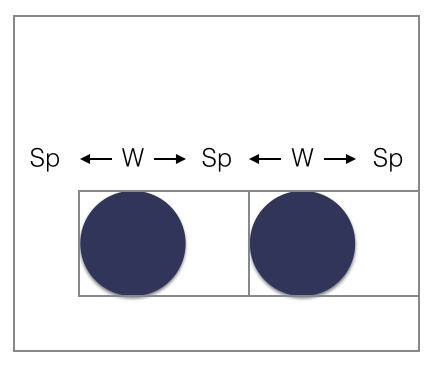This is How I Would Like to Blog
I sort of got away from this mentality and it made making a single blog post a slog.
I am quite impressed by David Walsh’s blog in this regard. Although, David is an amazing programmer who writes awesome posts, he doesn’t go through such a detailed thought process when he has to write something. He often writes nifty tricks and How-To posts that have helped me countless no of times and yet, there are still very few blogs that might be doing the same thing.
Hoping to get back there.

